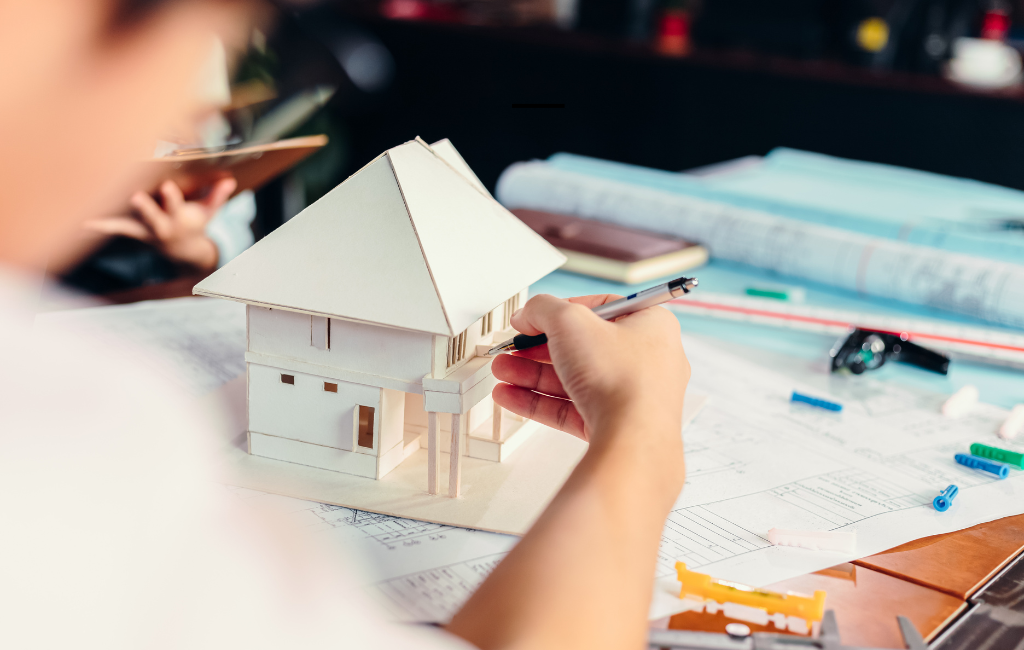-
Table of Contents
- Innovative Architecture: Shaping the Future of Design
- Technological Advancements in Architecture
- 3D Printing
- Virtual Reality
- Sustainable Design
- Green Buildings
- Passive Design
- Adaptive Reuse
- Case Study: The High Line, New York City
- Case Study: Tate Modern, London
- Smart Cities
- Songdo, South Korea
- Barcelona, Spain
- Biophilic Design
- Amazon Spheres, Seattle
- Changi Airport, Singapore
- Parametric Design
- Heydar Aliyev Center, Baku
- Beijing National Stadium
- Conclusion
Architect: Shaping the Future
Architecture has always been a reflection of human ingenuity and creativity. As we move further into the 21st century, the field of architecture is undergoing a transformation driven by technological advancements, environmental concerns, and changing societal needs. This article explores how innovative architecture is shaping the future of design, highlighting key trends, groundbreaking projects, and the impact on urban living.
Technological Advancements in Architecture
Technology is revolutionizing the way architects design and construct buildings. From 3D printing to virtual reality, these advancements are pushing the boundaries of what is possible.
3D Printing
3D printing is making waves in the construction industry. This technology allows for the creation of complex structures with precision and speed. For example, the first 3D-printed office building in Dubai was completed in just 17 days, showcasing the potential for rapid construction.
Virtual Reality
Virtual reality (VR) is transforming the design process by allowing architects and clients to experience buildings before they are built. This immersive technology helps in visualizing spaces, making design adjustments, and improving client satisfaction.
Sustainable Design
With growing environmental concerns, sustainable design has become a priority in modern architecture. Architects are incorporating eco-friendly materials and energy-efficient systems to reduce the carbon footprint of buildings.
Green Buildings
Green buildings are designed to minimize environmental impact. They often feature solar panels, green roofs, and rainwater harvesting systems. The Bullitt Center in Seattle, known as the “greenest commercial building in the world,” is a prime example of sustainable architecture.
Passive Design
Passive design strategies focus on maximizing natural light and ventilation to reduce energy consumption. The Bosco Verticale in Milan, a pair of residential towers covered in trees and shrubs, exemplifies how passive design can create a harmonious relationship between nature and urban living.
Adaptive Reuse
Adaptive reuse involves repurposing old buildings for new uses. This approach not only preserves historical architecture but also reduces the need for new construction, contributing to sustainability.
Case Study: The High Line, New York City
The High Line is a prime example of adaptive reuse. This elevated railway track was transformed into a public park, providing green space in a densely populated area. The project has revitalized the surrounding neighborhoods and attracted millions of visitors.
Case Study: Tate Modern, London
The Tate Modern, housed in a former power station, is another successful adaptive reuse project. The transformation of this industrial building into a world-renowned art museum has preserved its historical significance while giving it a new purpose.
Smart Cities
Smart cities integrate technology and data to improve urban living. These cities use sensors, IoT devices, and data analytics to enhance infrastructure, reduce energy consumption, and improve quality of life.
Songdo, South Korea
Songdo is a model smart city built from scratch. It features smart grids, automated waste collection, and extensive use of IoT devices. The city aims to reduce energy consumption by 30% compared to traditional cities.
Barcelona, Spain
Barcelona has implemented smart city initiatives to improve urban living. The city uses sensors to monitor air quality, manage traffic, and optimize waste collection. These efforts have led to a more efficient and sustainable urban environment.
Biophilic Design
Biophilic design emphasizes the connection between humans and nature. This approach incorporates natural elements into architectural design to enhance well-being and productivity.
Amazon Spheres, Seattle
The Amazon Spheres are a striking example of biophilic design. These glass domes house over 40,000 plants, creating a lush indoor environment for Amazon employees. The design promotes relaxation and creativity, demonstrating the benefits of integrating nature into the workplace.
Changi Airport, Singapore
Changi Airport’s Jewel complex features a massive indoor waterfall and lush gardens. This biophilic design element not only enhances the aesthetic appeal but also provides a calming atmosphere for travelers.
Parametric Design
Parametric design uses algorithms to generate complex and innovative architectural forms. This approach allows for greater flexibility and creativity in design.
Heydar Aliyev Center, Baku
The Heydar Aliyev Center, designed by Zaha Hadid, is a stunning example of parametric design. Its fluid, wave-like structure challenges traditional architectural forms and showcases the potential of algorithm-driven design.
Beijing National Stadium
The Beijing National Stadium, also known as the “Bird’s Nest,” features an intricate lattice structure created through parametric design. This iconic building demonstrates how algorithms can be used to achieve both aesthetic and functional goals.
Conclusion
Innovative architecture is reshaping the future of design by embracing technology, sustainability, adaptive reuse, smart city concepts, biophilic design, and parametric design. These trends are not only pushing the boundaries of what is possible but also addressing the pressing challenges of our time. As architects continue to explore new ideas and technologies, the built environment will evolve in ways that enhance our quality of life and create a more sustainable future.
